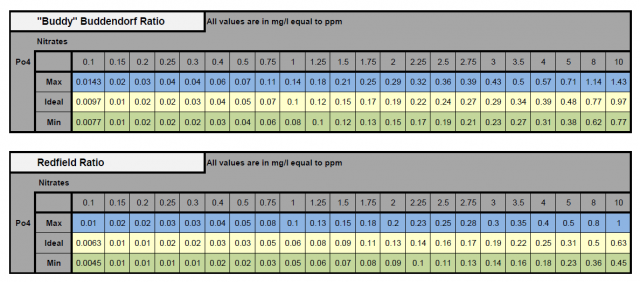- Joined
- Aug 24, 2016
- Messages
- 1,504
- Reaction score
- 2,297
I do not claim to know the truth but I hardly ever had 8° KH or above, usually 5.5 to 7.5, and calcium at 450 ppm or a bit higher but I nearly never had problems with green hair algae except when adding things like amino acids. Precipitating phosphates out of the water also seemed to be a good method to get hair algae. So to me it looks like a bad or unbalanced N-P-ratio in the water and phosphates in the rock can cause hair algae. Also hard corals don´t like the unbalanced N-P-ratio since they have no access to the phosphates stored in gravel and rock.
Coralline algae in my experience need some nutrients more than they need an alkalinity above 8° KH. I am sorry if I am missing the truth, it is just my experience.
Coralline algae in my experience need some nutrients more than they need an alkalinity above 8° KH. I am sorry if I am missing the truth, it is just my experience.
Last edited:

















